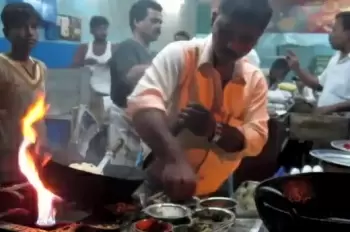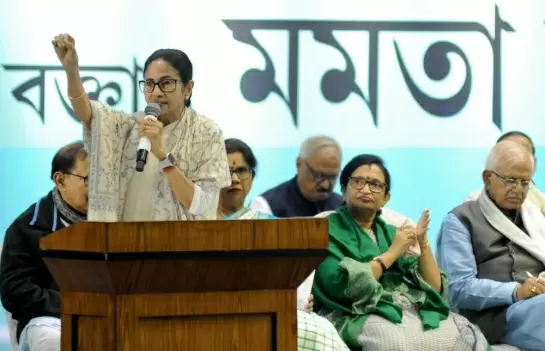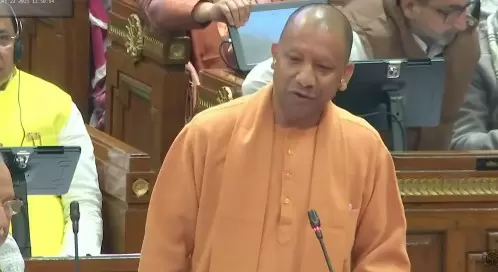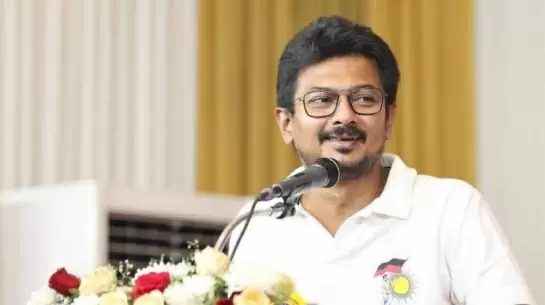Public donations can be channeled for setting up rural restaurants

18-May-2012
Vol 3 | Issue 20
In every religion, culture and civilization, feeding the poor and hungry is considered amongst the most noble deeds. In the Hindu religion, for instance, one is able to do one's 'punya' (good work) by feeding the poor.
However, such large-scale feeding will require huge investment in both resources and time. A better alternative is to create conditions by which proper wholesome food is made available to all the rural poor at affordable price. Getting this done will be the biggest charity!
 |
|
Dhabha type eateries can be opened for the rural poor
|
Most of these rural poor are landless labourers. After working the whole day in the fields in scorching sun they come home in the evening and have to cook for the whole family.
The cooking is done on the most primitive 'chulha' (wood stove), resulting in tremendous indoor air pollution. Many of them also have no electricity and so they use primitive and polluting kerosene lamps.
WHO data has shown that about 300,000 deaths a year in India can be directly attributed to indoor air pollution in such huts. The pollution also results in many respiratory ailments and these people spend close to Rs.200-400/month on medical bills.
Besides the pollution, rural poor also eat very poor diet. They buy whatever is available at Public Distribution System (PDS) shops and most of the time the shops are out of rations.
Thus they cook whatever is available. The hard work, together with poor eating, takes a heavy toll on their health. This malnutrition also affects the physical and mental health of their children and may lead to creation of a whole generation of mentally challenged citizens.
Poverty to my mind is not an absence of material goods but not getting enough wholesome food. We are what we eat!
Rural Restaurants
So I feel that the best way to provide adequate food for the rural poor is by setting up rural restaurants on a large scale. These restaurants will be similar to regular ones but they will provide meals at subsidised rates for people below poverty line (BPL).
These citizens will pay only Rs.10 per meal and the rest, which is expected to be quite small, will come as a part of government subsidy. Our calculations show that this subsidy will be only Rs.2.50 per person per meal.
The buying of meals could be facilitated by the use of UID (Aadhar) card by rural poor. The total cost should be Rs.30 per day for three vegetarian meals of breakfast, lunch and dinner. With an average wage of labourer being Rs.100 a day, the cost of meals will be 30 percent of his wages.
Since the food will not be cooked in huts, this strategy will result in less pollution in rural households, thereby reducing women's chores. The spare time can be used in gainful activities like teaching children. Besides giving nutrition and tasty food, these restaurants will also provide a meeting place.
Eating in restaurants will also require fewer utensils in the house and hence less expenditure. For other things like hot water for bath, making tea, boiling milk and cooking on holidays some utensils and fuel will be required. Our Institute NARI (Nimbkar Agricultural Research Institute, Pune) has developed an extremely efficient and environment-friendly lanstove, which provides both light and heat for cooking.
Cooking is a luxury for the rich and upper middle class. For the rural and urban poor, it is a chore and a misery. Hence, subsidised meals in rural restaurants are a necessity for these people.
How can this be done?
Providing reasonably priced wholesome food is the basic aim and programme of the union government. This is the basis of their much touted food security programme. However, in 65 years, they have not been able to do so. Thus I feel a public-private partnership can help in this.
To help restaurant owners, the central or state governments should provide them with soft loans and other lines of credit for setting up such facilities. The corporate world can take this up as part of its corporate social responsibility activity.
More clientele (volumes) will make these restaurants economical. Existing models of dhabas, Udipi-type restaurants and the like can be used in this scheme. These restaurants may also be able to provide midday meals in rural schools. At present, the midday meal programme is faltering due to various reasons.
Cooking food in these restaurants will also result in much more efficient use of energy since energy per kg of food cooked in households is greater than that in restaurants. The main thing, however, will be to reduce drastically the food wastage in these restaurants.
Rural restaurants can also be forced to use clean fuels like LPG or locally produced biomass-based liquid fuels. This strategy is very difficult to enforce for individual households.
Large-scale employment generation in rural areas may result from this activity. With an average norm of 30 people employed per 100-chair restaurant, this programme has the potential of generating about 20 million jobs permanently in rural areas.
Besides, the infrastructure development in setting up restaurants and establishing the food chain will help local farmers and will create huge wealth generation in these areas.
In the long run, this strategy may provide better food security for the rural poor than the existing one which is based on cheap food availability in PDS - a system which is prone to corruption and leakage.
In India, huge donations are given in both cash and kind to temples. Thus most of the temples are very rich. It will be better if somehow these donations can be channelled to create rural restaurants.
This will help assuage the feelings of the giver and at the same time provide food to the rural poor. The blessings of the rural poor to my mind will be far more powerful than those of the gods in temples! - IANS
Anil K. Rajvanshi is director of the Nimbkar Agricultural Research Institute (NARI), Pune















